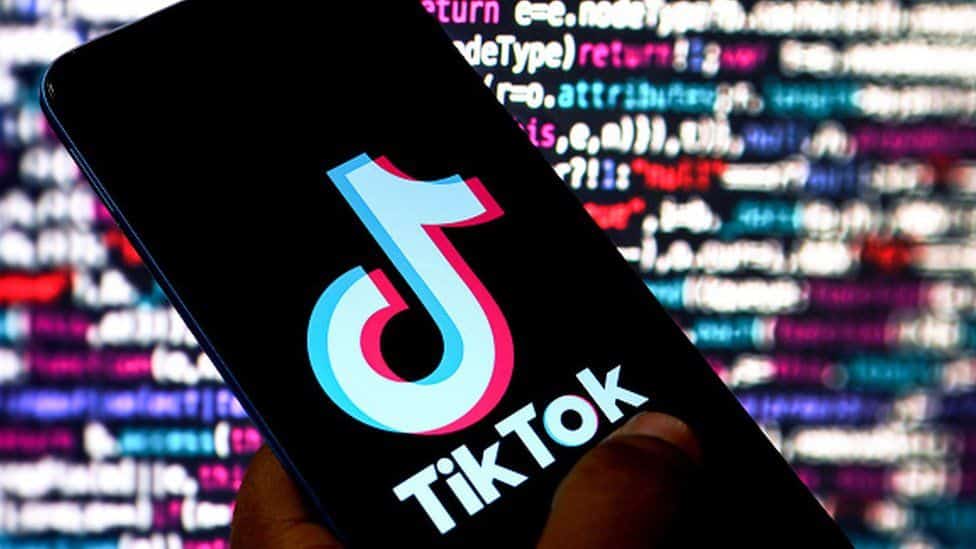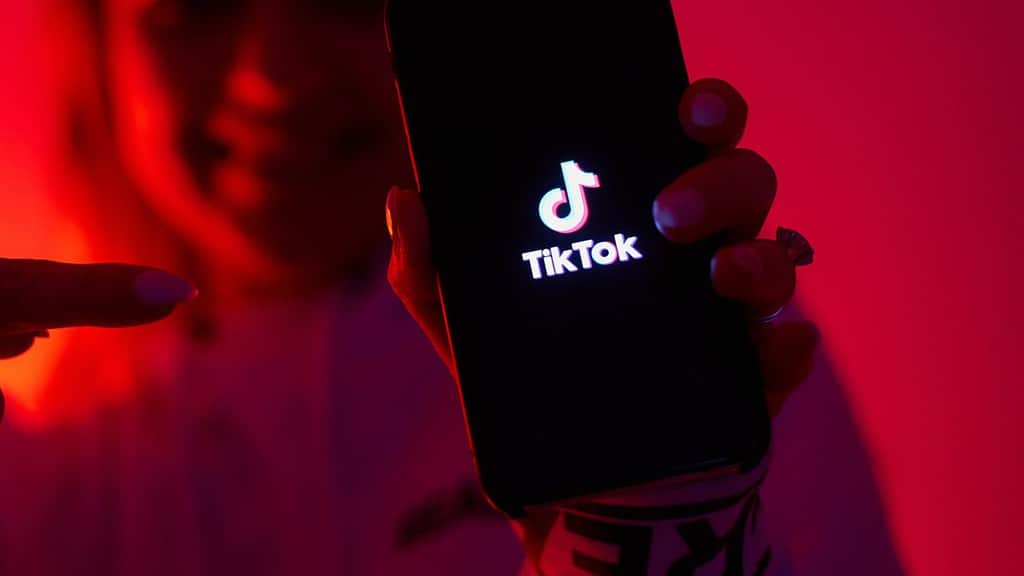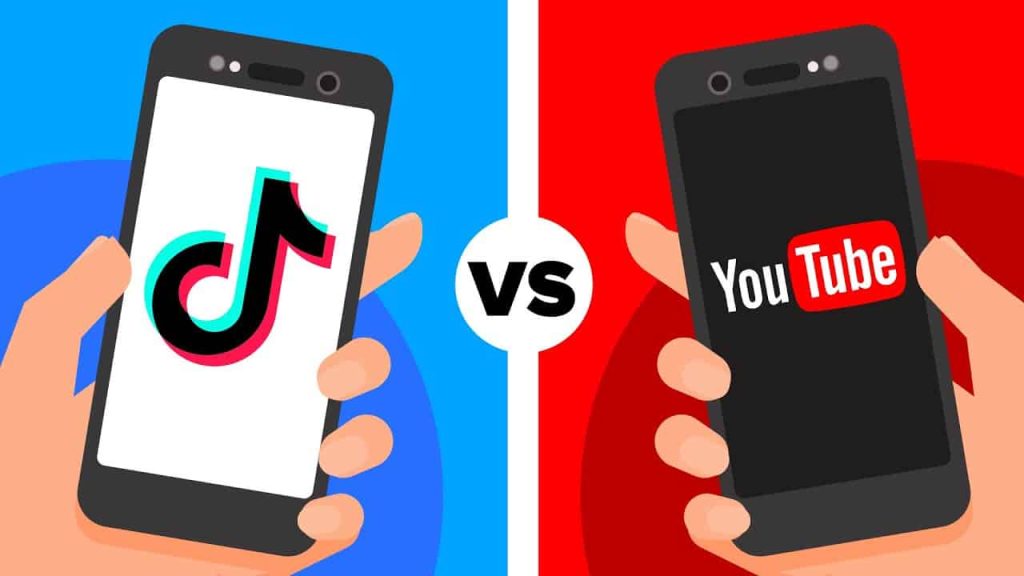In the modern digital age, leveraging the internet to create multiple income streams has become a viable and attractive option for many.
This guide will explore various side hustles that can help you generate income online, broken down into actionable steps and supported by statistical data.
You Make Money When You Provide Value
The fundamental principle of making money online is to provide value. Whether through content, services, or products, value is the key driver of income. Understanding your target audience and delivering what they need or want is crucial. By focusing on the needs and wants of your audience, you can create products, offer services, or produce content that resonates with them.
This not only builds trust but also encourages loyalty and repeat business. Always ask yourself: How can I solve a problem or improve someone’s life? The answer to this question will guide your efforts in providing real value.
Side Hustle Idea 1: Writing
Writing is a versatile side hustle that can take many forms, from freelance writing to blogging and even ghostwriting. It requires a strong command of language, creativity, and the ability to meet deadlines. Freelance writing allows you to work on various projects for different clients, providing flexibility and diversity in your work. Blogging, on the other hand, lets you share your expertise, passions, or experiences with a broader audience, potentially earning money through ads, sponsorships, and affiliate marketing.
Ghostwriting involves writing content for others who then claim authorship. It can be highly lucrative, especially if you establish a reputation for quality work.
Statistics
| Type of Writing | Average Income (per year) | Platforms to Use |
|---|---|---|
| Freelance Writing | $40,000 – $60,000 | Upwork, Fiverr |
| Blogging | $10,000 – $50,000 | WordPress, Medium |
| Ghostwriting | $20,000 – $80,000 | Reedsy, Upwork |
Writing offers flexibility and the opportunity to earn substantial income, especially as you build a portfolio and reputation. Consistent, high-quality work will attract better-paying clients over time.
Side Hustle Idea 2: Creating Short Form Content
Short-form content, such as TikTok videos, Instagram Reels, and YouTube Shorts, has surged in popularity. This type of content is brief, engaging, and highly shareable, making it perfect for capturing the attention of a broad audience.
To succeed, you need to understand what appeals to your audience and be able to deliver it quickly and effectively. Popular short-form content often includes how-to guides, humorous skits, product reviews, and behind-the-scenes glimpses of your life or business.
Statistics
| Platform | Average Earnings (per 1,000 views) | Top Content Categories |
|---|---|---|
| TikTok | $0.02 – $0.04 | Entertainment, DIY, Education |
| Instagram Reels | $0.01 – $0.03 | Lifestyle, Fashion, Fitness |
| YouTube Shorts | $0.01 – $0.03 | Vlogs, How-Tos, Reviews |
Engaging short-form content can quickly amass followers and generate ad revenue, brand partnerships, and sponsorships. Success requires creativity, consistency, and an understanding of current trends.
How To Make Money Selling Low Content Books On Amazon KDP
Low content books, such as journals, planners, and notebooks, are a profitable niche on Amazon KDP (Kindle Direct Publishing). These books have minimal written content, relying more on design and structure to appeal to users.
Creating these books involves designing attractive covers and interiors, and they can be marketed to various niches, from daily planners for professionals to customized journals for hobbyists.
Statistics
| Type of Book | Average Monthly Sales | Profit Margin |
|---|---|---|
| Journals | 100 – 500 units | 40% – 60% |
| Planners | 150 – 600 units | 45% – 65% |
| Notebooks | 200 – 700 units | 50% – 70% |
Creating and publishing these books require minimal content but can generate steady income with the right design and marketing strategies. Identify popular themes and customize your books to cater to specific audiences to maximize sales.

How to Make Activity Books
Activity books, including coloring books, puzzle books, and educational workbooks, cater to various audiences and can be a lucrative venture.
These books are designed to entertain and educate, making them popular among children and adults alike. To create a successful activity book, you need to identify your target audience, design engaging and unique content, and publish it on a platform like Amazon KDP.
Steps:
- Identify your target audience: Research the types of activity books that are in demand.
- Design engaging and unique content: Use tools like Canva or Adobe Illustrator to create your book.
- Use Amazon KDP to publish: Follow Amazon’s guidelines to upload and publish your book.
Activity books often have higher profit margins due to their perceived value and specific audience. Tailor your content to meet the interests and needs of your audience for better engagement and sales.
How to Make Book Covers
Designing book covers is a specialized skill that can be monetized on platforms like Fiverr and 99designs. A well-designed book cover can significantly impact a book’s sales by attracting potential readers. This service requires a good eye for design, proficiency with design software, and an understanding of the market trends in book cover aesthetics.
Statistics
| Service | Average Income (per project) | Popular Platforms |
|---|---|---|
| Book Cover Design | $100 – $500 | Fiverr, 99designs |
High-quality book covers significantly impact sales, making this a valuable service for authors and publishers. Offering customization and understanding the genre-specific design trends can help you stand out in the competitive market.
How to Publish Your Book
Publishing a book has never been easier, thanks to platforms like Amazon KDP and IngramSpark. These platforms allow you to publish both digital and print versions of your book, making it accessible to a global audience. The process involves several steps, from writing and formatting your book to designing a cover and uploading it to the publishing platform.
Steps:
- Write and format your book: Use tools like Microsoft Word or Scrivener.
- Design a cover: Create a professional-looking cover using design software.
- Upload to a publishing platform: Follow the platform’s guidelines to ensure your book meets all requirements.
- Market your book: Use social media, email marketing, and other channels to promote your book.
Publishing independently gives you control over royalties and distribution. It also allows you to retain the rights to your work and make decisions about pricing and marketing.
Start Using AI to Make Money
Artificial Intelligence (AI) tools can enhance productivity and create new income streams. These tools can be used in various ways, from automating customer service to generating content. For example, AI can help you write blog posts, manage your social media accounts, or even develop business strategies based on data analysis.
ChatGPT
ChatGPT, an advanced language model, can be used to generate content, automate customer service, and more. It can assist with writing, brainstorming ideas, and even conducting research. By integrating ChatGPT into your workflow, you can save time and focus on more strategic tasks.
Applications:
- Content Creation: Generate blog posts, articles, and social media content quickly and efficiently.
- Customer Service: Automate responses and provide 24/7 support to your customers.
- Personal Assistant: Manage emails, schedules, and tasks, helping you stay organized and productive.
Selling and Flipping Stuff
Selling and flipping items on platforms like eBay and Facebook Marketplace can be profitable. This involves buying items at a low cost and selling them at a higher price. Successful flipping requires market research, negotiation skills, and the ability to identify valuable items.
Statistics
| Item Type | Average Profit Margin | Platforms |
|---|---|---|
| Electronics | 20% – 50% | eBay, Facebook Marketplace |
| Furniture | 30% – 60% | Craigslist, OfferUp |
| Clothing | 10% – 40% | Poshmark, Depop |
Identifying undervalued items and reselling them at a profit requires research and market knowledge. Look for items in good condition and consider refurbishing them to increase their value.
Online Tutoring
Online tutoring offers flexible income opportunities, especially in high-demand subjects. It allows you to share your knowledge and expertise with students worldwide. Whether you’re tutoring in academic subjects, languages, or professional skills, there’s a demand for personalized instruction.
Statistics
| Subject | Average Hourly Rate | Platforms |
|---|---|---|
| Math | $20 – $50 | Tutor.com, Chegg Tutors |
| Science | $25 – $60 | Wyzant, Preply |
| English | $15 – $40 | VIPKid, iTalki |
Online tutoring is a rewarding way to share knowledge while earning a decent income. Tailoring your teaching methods to individual students’ needs can lead to better results and more referrals.
Making money online involves identifying opportunities, providing value, and leveraging the right platforms. Whether through writing, content creation, selling products, or offering services, the internet offers numerous avenues for generating income.
The key is to start, be consistent, and adapt to changes in the market. With dedication and the right strategies, you can build a successful online income stream that complements your lifestyle and goals.












![YouTube Shorts Monetization is HERE! [Huge New York Times Leak]](https://alanspicer.com/wp-content/uploads/2022/09/youtube-shorts-monetization-is-here-huge-new-york-times-leak-1200x675.jpg)




![YouTube Shorts Explained [What, Where, How, When & Why?] 2](https://alanspicer.com/wp-content/uploads/2020/10/youtube-shorts-explained-what-where-how-when-why-3-e1604132852184.jpg)
![YouTube Shorts Explained [What, Where, How, When & Why?]](https://alanspicer.com/wp-content/uploads/2020/10/youtube-shorts-explained-what-where-how-when-why-1024x611.jpg)
![YouTube Shorts Explained [What, Where, How, When & Why?] 1](https://alanspicer.com/wp-content/uploads/2020/10/youtube-shorts-explained-what-where-how-when-why-2.jpg)